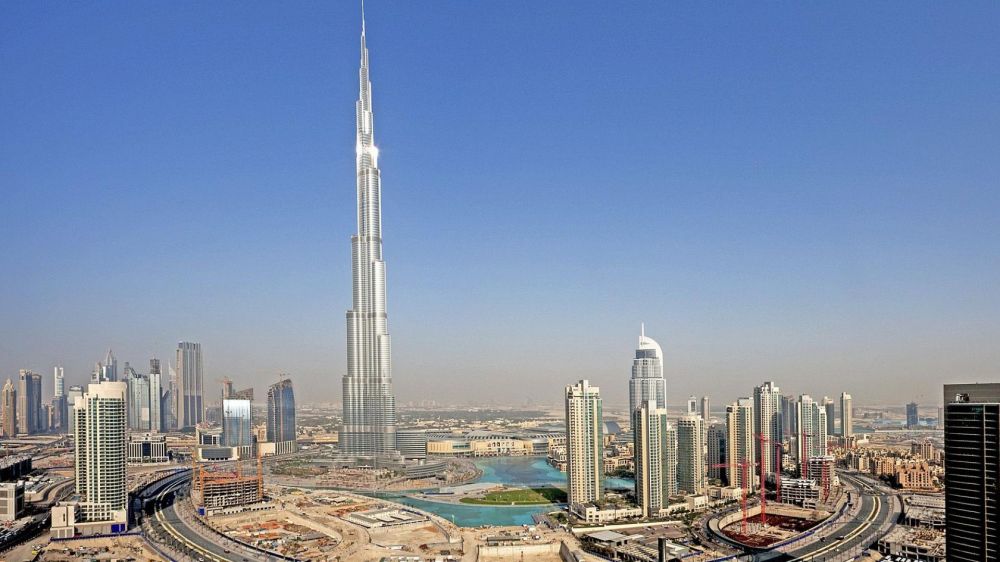Mor Temor
Arch. Mor Temor is international Architecture firm committed to designing unique buildings and one of a kind architectural concepts.

a. The Building
Not only do the technology and geometry of the infrastructure system give urban design its character, so do the nature of the buildings that frame the public realm. There have been a number of technological developments in building construction in recent years, particularly in building skins, the use of steel, and in the fabrication of lightweight structures. The major breakthrough in building technology affecting urban design, however, came at the beginning of the twentieth century with the development of the steel structural framework for buildings and the invention of the safety elevator. In combination, they enabled the first skyscrapers to be built in Chicago (Jon, 1994).
In the modern cities there is stimulation for the skyscraper. Conditioned air has its advantages. The elevator rising a thousand feet a minute offers rapid vertical transit. But do these render the human desire for a house on its land a phenomenon or a whim? Horizontal space means much to the human being. Contact with the earth is not a choice reserved to the agrarian, the tiller of the soil, alone. There is a sense of freedom, human freedom, in traversing the space of the earth under one's own power – on foot. There is a healthy sensation when interior and exterior space merge into unity, with no more visual separation than a crystal sheet of glass. There is mental freedom and a quiet repose in horizontal space.
It is not a theory of aesthetics, nor is it romantic nonsense that people desire a home and garden. It is not enough to substitute air-conditioned cells in multistory buildings simply because we have the technical know-how to create them.
In a brief look, the fact that the skyscraper is more and more the dominant element of the city skyline and often becomes even the symbol of the city (see Fig. 1) (Kowalczyk, 2005).
The skyscraper can absorb high land cost and save utilities and transportation time. But it also can create congestion and high land values that nullify its advantages and remove all choice for another form of habitation from the hope of the urban dweller. If we are concerned with economy, it is not the skyscraper that produces it; the skyscraper is not built because it is economical – it is not so. It is built because the cost of land is excessive, and continuing his process without restraint only adds fuel to the flames of urban congestion, blight, and disintegration (Mario, 1999).
The height of buildings has had a considerable effect on the urban environment and has been a major point of discussion, often heated, among citizens, urban designers, and politicians. Tall buildings change the micro-climate by channeling winds and casting long shadows. They house many people in a small area of a city and thus become nodes in themselves (Jon, 1994).

Fig. 1 Burj Dubai is the symbol of the city - it's the tallest building in the world (850 m).
In the 20th century office buildings have become the dominant, tall objects in our cities, representing often private wealthy corporations or individuals. Perhaps it is difficult to accept the fact that those buildings have replaced traditional sacred or civic structures as the symbols for new cities. The earliest skyscrapers were received by public with great enthusiasm. Now in several places they have become too many, often some of them being insensitive to their cities and environment or less than beautiful and they provoked a well justified negative reaction. But in many places they continue to be built with great enthusiasm, most notably in eastern Asia. They continue to be a great architectural and structural undertaking which appears simple at the surface, but is surprisingly difficult to be solved well (Kowalczyk, 2005).
The exploration of the skyscrapers possibilities for buildings has largely focused on the technical possibilities of fitting different geometric shapes together and on the technical aspects of structures. Such explorations open up the eyes of designers to future possibilities and encourage them to look for new ways of urban design.
Arch. Mor Temor